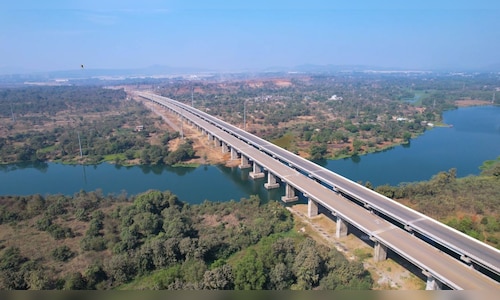Nonetheless, telecom companies are projected to experience revenue growth this year. Average revenue per user (ARPU) is expected to rise by about 12%, despite the absence of an official price increase. This trend is primarily attributed to users transitioning from prepaid to postpaid plans and from feature phones to smartphones—each shift generates greater revenue.
If a tariff increase occurs next year, ARPU could escalate even further—potentially by 18–20%. However, Salgaonkar does not foresee the significant hikes observed in previous years. “The first tariff hike was 40%, the subsequent one was 25%, and the latest was 15%. Thus, the next hike could be 15% or even less,” Salgaonkar remarked.
Regarding the broader industry landscape, Salgaonkar believes a three-player market will persist. “In many global markets, the third telecom provider, despite having a smaller market share, continues to thrive,” he noted, emphasizing infrastructure and consumer behavior as crucial factors. He also pointed out that the Indian government may prefer to avoid a duopoly due to potential strain on networks and digital services like Unified Payments Interface (UPI).
Also Read | Telecom minister says satellite internet services will complement telcos’ offerings
From the perspective of tower companies, growth is expected to remain subdued. Salgaonkar noted that India’s tower firms are trading at significantly lower multiples than their global counterparts due to three main factors: limited tenancy growth, ownership structures where the largest customer is also the largest shareholder, and the completion of the 5G capex cycle. With 6G still years away and small cells handled by telecoms rather than tower firms, future expansion may be limited.
Salgaonkar also addressed the competitive landscape in quick commerce, suggesting that the fierce competition is likely to moderate within a year. “What was a three-platform market has now expanded to seven,” he remarked, referring to the discount wars among new entrants. He anticipates consolidation as publicly listed companies concentrate on returns and identify profitable markets.
Also Read | Axis Capital projects 8-10% growth in telecom revenue per customer over three years
In the travel sector, increasing incomes and evolving habits are fostering consistent demand. Indian consumers are traveling more frequently, aided by low-cost carriers and simplified visa processes. Salgaonkar shared, “Before COVID, an Indian family typically took one trip a year. Now it’s increased to two and a half.” Online travel agencies have also noted that some Gen Z and millennial travelers are taking up to six or seven trips annually.
Despite concerns about a broader consumption slowdown, travel demand remains robust. Drawing on the Chinese experience, where travel remained resilient during economic downturns, BofA Securities anticipates that this trend will continue in India over the next five to six years.
For the full interview, watch the accompanying video
Catch all the latest updates from the stock market here

















